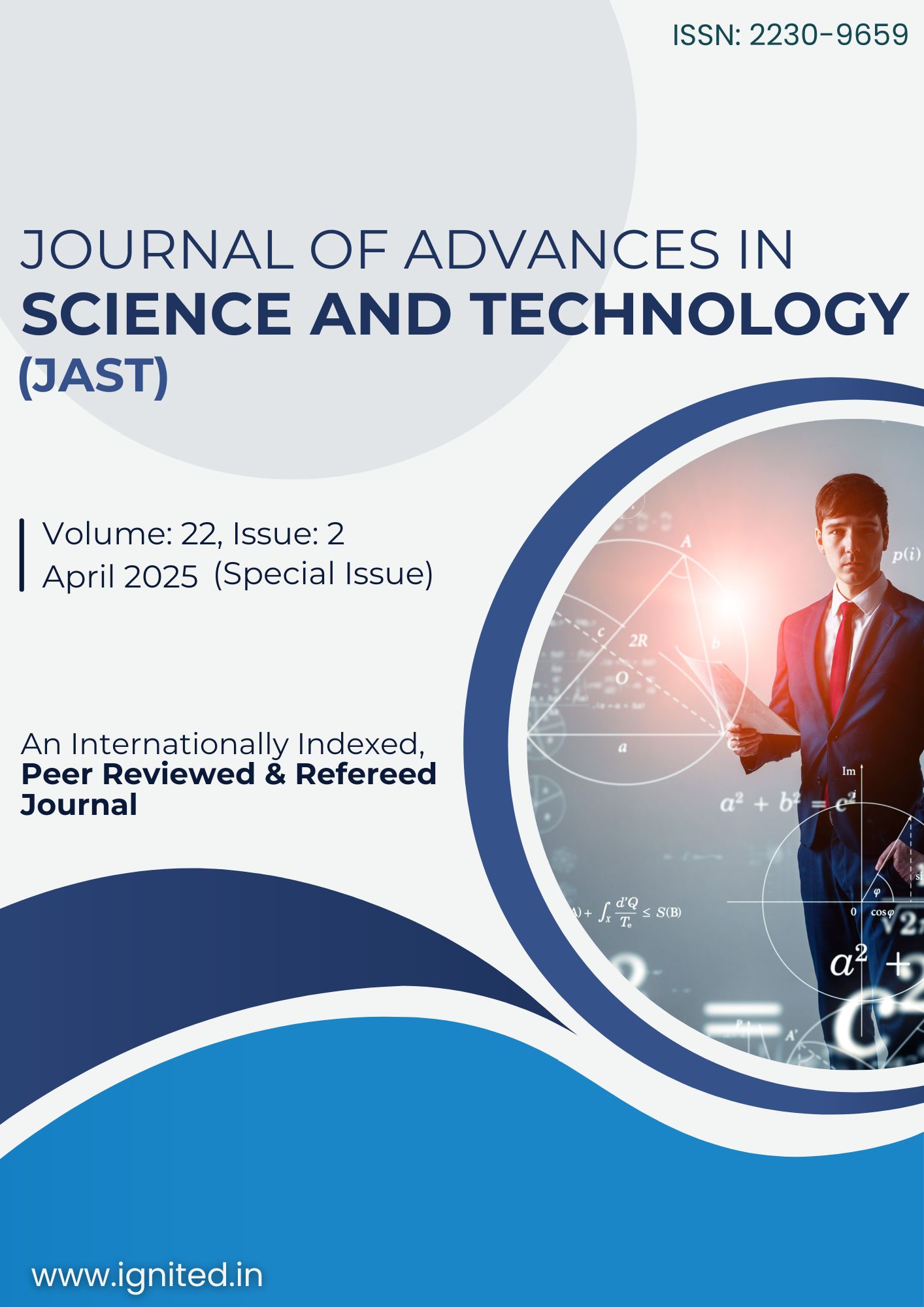Virtual lab: A potent learning tool in imparting science education
Main Article Content
Authors
Abstract
Work experience is extremely important in education, but many institutions, including the state finances, lack the resources to build scientific labs. Virtual Reality (VR) offers an inexpensive alternative by simulating a real laboratory environment. With the rapid advances in ICT, technology integration has grown into science education and improved understanding of complex concepts across fields such as physics, chemistry, and biology. The VR-based virtual laboratory provides learners with an immersive, interactive experience that develops experimental skills and enriches the educational learning process through simulation-based learning. This paper explores the fundamentals and advantages of educational virtual labs in the current context.
Downloads
Article Details
Section
References
- Lunetta, V. N., Hofstein, A. and Clough, M. P. (2007) Teaching and learning in the school science laboratory. An analysis of research, theory, and practice. In Handbook of research on science education (ed. S KAbell and N G Lederman),pp. 393–431. Mahwah, NJ: Lawrence Erlbaum Associates.
- Abrahams, I. and Millar, R. (2008), forthcoming Does practical work actually work? A study of theeffectiveness of practical work as a teaching method in school science. Int. J. Sci. Ed.
- Singhai R. (2015). Training program on practical skills using ICT enabled virtual lab in implementation of National Curriculum Framework, RIE (NCERT) Bhopal.
- Barton, R., and L.T. Rogers (1991). The computer as an aid to practical work – studying motion with a detector. Journal of Computer Learning, 7, 104–112.
- PhET /Amrita labs simulations, /you tube, www.phet.colorado.edu./www.amrita labs. com.

